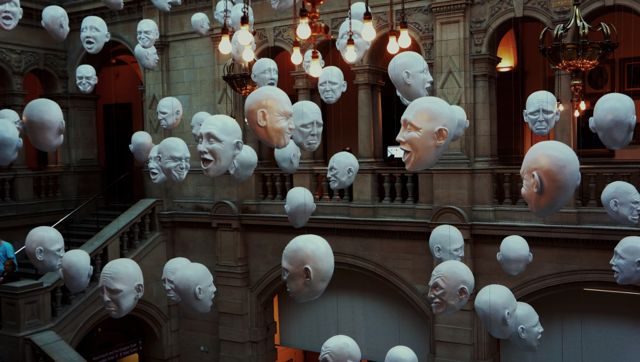
Visiting Kelvingrove is like visiting a giant, inexhaustible classroom. Every corner has a new learning experience.
Unfortunately, I was unable to attend the session, but I have been to Kelvingrove several times and adore everything it has to offer.
I am constantly bewildered by how such a plethora of information is available, to all, for free.
I especially feel that any Primary class from P1-P7 would benefit from every section of this museum.The Drama dress-up section allows children the chance to experience a life that it not their own, and it not from their time period. This transcendence of time allows children the ability to earn empathy skills, and can increase emotional and social understanding and ability; children can escape the borders of their own character to experience another.
Children are naturally inquisitive, and will see an object and wonder what its story is. When children are also afforded the opportunity to touch an object, which there are many opportunities to do in Kelvingrove, they add another layer to their experience and can understand the object’s significance further. Children are hands-on and learn through the sensation of touch and the experience of play. Children get a chance to see and feel, increasing their understanding of how objects affect their emotions.
Attendees of this session also got to view Windows in the West (Avril Paton), which would give lesson opportunities into the exploration of Scottish History, deepening the child’s understanding of the concept of culture and heritage.
Reflecting on this session made me think about the concept of creativity. As a summative experience, it made me consider how creativity could be assessed,linking this university experience to classroom potential. After research, I found this quotation that summarises how creativity, a concept which is unique and personal, can be compared an contrasted and properly assessed:
“Creativity involves aesthetic properties but goes beyond these to require novelty and effectiveness. Concentration on aesthetic properties of products, especially useful products, expands the definition of creativity and suggests a set of indicators of creativity: Such indicators offer promise of a universal aesthetic of creativity which would not only expand understanding of creativity but would offer perspectives on assessment of creativity, improve communication regarding creativity, and facilitate creativity-oriented teaching and learning activities.”
Reference: Cropley, D. and Cropley, A. (2011) Creativity and the Abstract. In: Runco M. and Pritzker, S. (eds.) Encyclopedia of Creativity, 2nd ed. [Online] Amsterdam; Boston: Elsevier/ Academic Press. Available: ScienceDirect [Accessed: 04 March 2017].
